Parts and consumables:
- Cloth gloves (optional)
- rags
- Funnel
- Engine oil synthetic Honda HFE-20 0W-20 (08232P99A30HE)
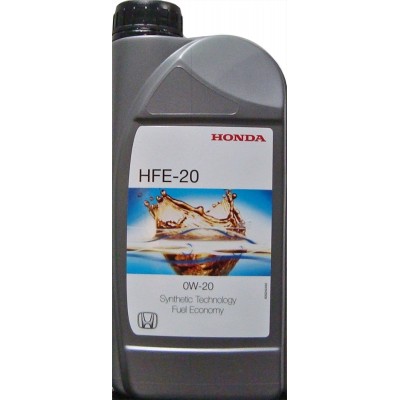
Notes:
This repair description also applies to the 2007-2013 Honda Fit (II) car .
Honda Jazz™ 2 engine oil plays a vital role in engine performance and longevity. Insufficient levels will result in premature engine wear and contamination. Use only high quality engine oil with detergent properties.
The engine oil level should be checked regularly, for example every time the fuel tank is filled. Be sure to check the engine oil level before a long trip.
Engine oil consumption depends on driving style as well as climatic and road conditions. Oil consumption up to approximately 1 liter per 1000 kilometers is considered normal. A new engine may consume slightly more oil during the break-in period.
The manufacturer recommends the use of genuine Honda Motor Oil motor oils meeting ACEA A1/B1, ACEA A3/B3 or ACEA A5/B5 specifications throughout the life of the vehicle. The use of such motor oils improves the fuel efficiency of the car. Always use an energy efficient engine oil that meets API SJ or SL .
Engine oil, engine and exhaust system components become very hot and can cause burns if touched inadvertently.
Checking the oil level should be carried out no earlier than 30 minutes after the engine has stopped. If the check is carried out immediately after turning off the engine, part of the oil will remain in the upper part of the engine and will not have time to drain into the sump, as a result of which the measurement result will not be correct.
Top up with engine oil of the same brand, viscosity and type as the previous one.
1. Park the vehicle on level ground, allow the engine to cool, and open the hood. The oil level indicator (dipstick) with an orange plastic tip is located at the front of the engine block.

The engine oil filler is located on the right side of the valve cover.
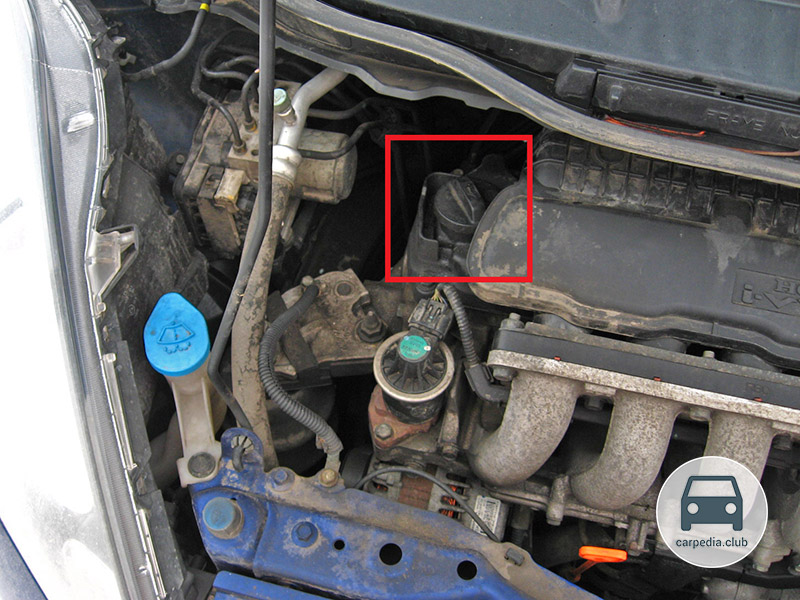
2. Before checking the level, remove the Honda Jazz 2 oil dipstick from the engine guide tube.

Note:
Do not put a lot of effort to remove the probe. A little scrolling and pressing is only required to move it from its position.
3. Wipe the dipstick with a clean rag to make it dry.
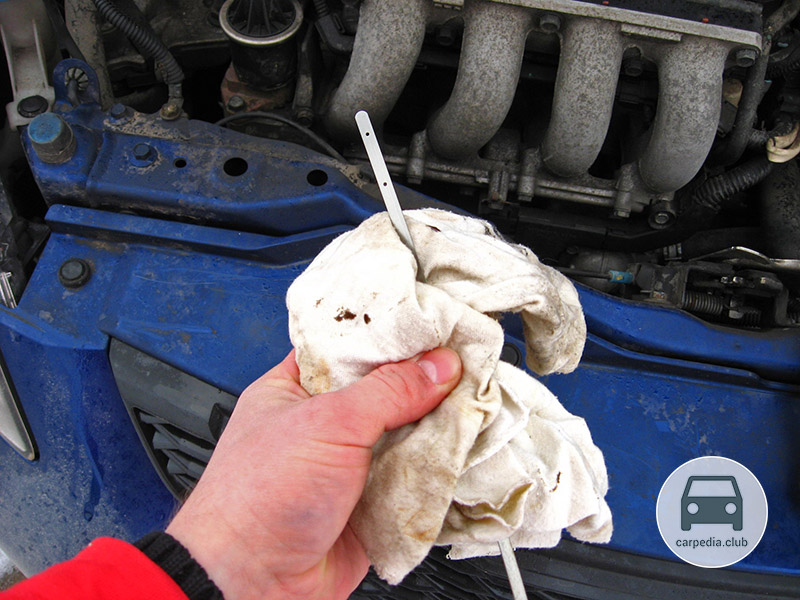
4. Install the dipstick back into the engine guide tube until it stops, wait a few seconds for the oil to leave a mark on the dipstick, and remove it again.
5. There are marks on the end of the dipstick: MIN is the minimum level and MAX is the maximum oil level. A sufficient Honda Jazz 2 oil level should be between these marks, closer to the maximum. If the oil level is close to the bottom mark or even below it, add oil to the engine.
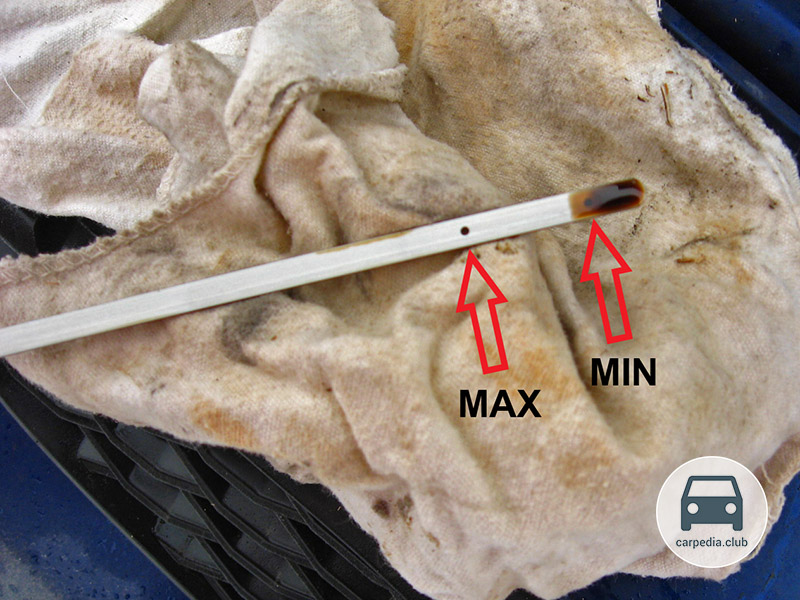
6. To add oil, turn the oil filler cap counterclockwise and remove it.


7. Add the correct amount of engine oil, checking the level with the dipstick. Before removing the dipstick, wait 3 minutes for the oil to completely flow into the crankcase.

Note:
Under no circumstances should the upper mark (MAX) on the dipstick be exceeded. Therefore, it is better not to try to carry out ultra-precise, according to the top mark, oil filling into the car engine. Excess oil will be used up quickly, and oil burnout contributes to the formation of excessive deposits on engine parts. In addition, when the permissible level is exceeded, the crankshaft whips and foams the oil in the crankcase more intensively, which in some cases can contribute to the deterioration of lubrication.
Oil should be poured slowly. It is recommended to do this in small portions. It is necessary to stop periodically so that the oil has time to settle into the crankcase.
Useful advice:
It is recommended to use a funnel to make it easier to pour oil into the engine, otherwise there is a risk of it spilling onto the engine block, which, when burned, will give an unpleasant smell and can lead to serious problems.
8. After topping up the oil, tighten the oil filler cap tightly. Clean up spilled liquid with a rag.
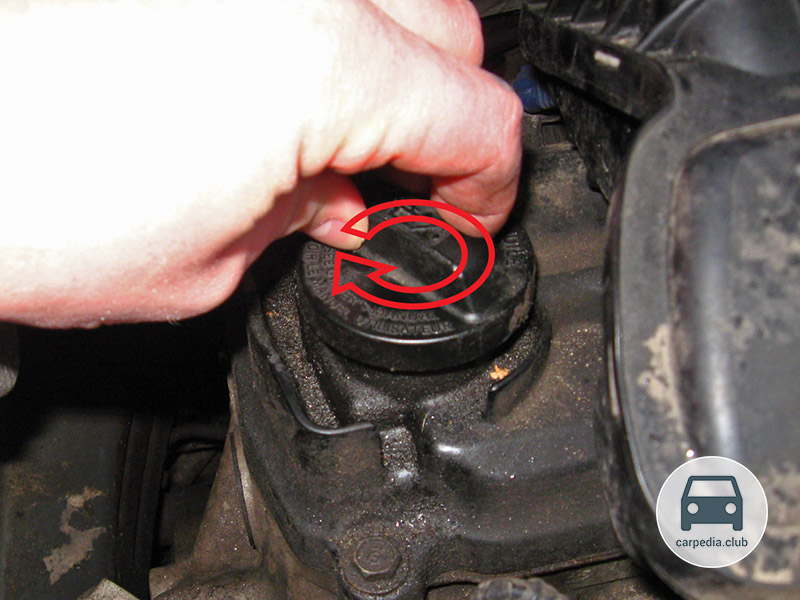
Notes:
Honda car units do not require the use of any additional additives added to Honda Jazz 2 oil or working fluids . The use of various types of additives will not lead to a real improvement in the performance or durability of the engine and transmission, but will only increase the operating costs of maintaining the car.
Prolonged and frequent contact of exposed body parts with used engine oil can lead to various skin conditions, including dermatitis and skin cancer. Therefore, excessive contact with oil should be avoided and after work, contamination should be thoroughly washed off the skin. Therefore, the use of gloves is recommended.
The article is missing:
- Photo of parts and consumables
Source: carpedia.club
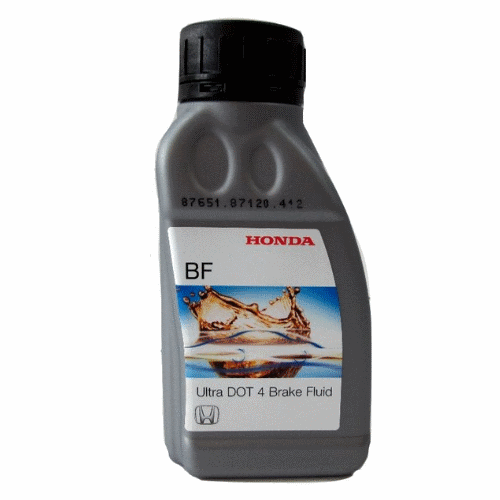

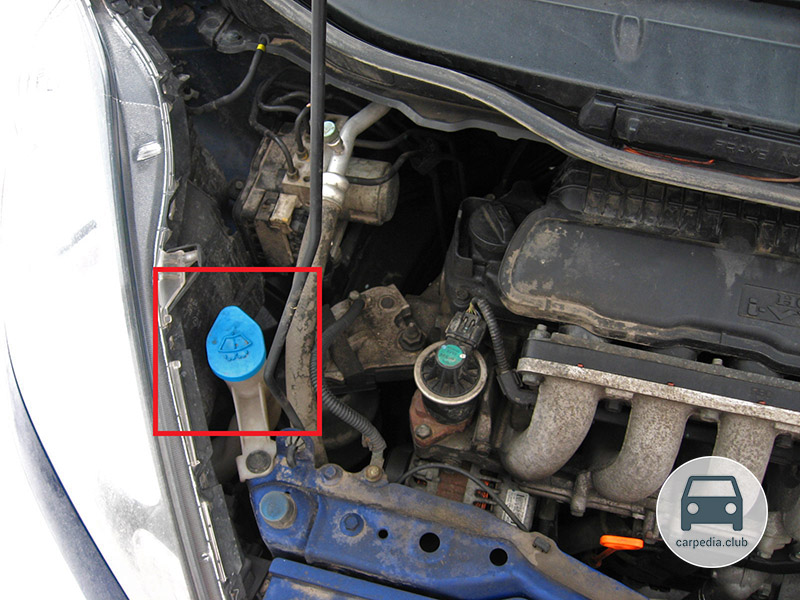

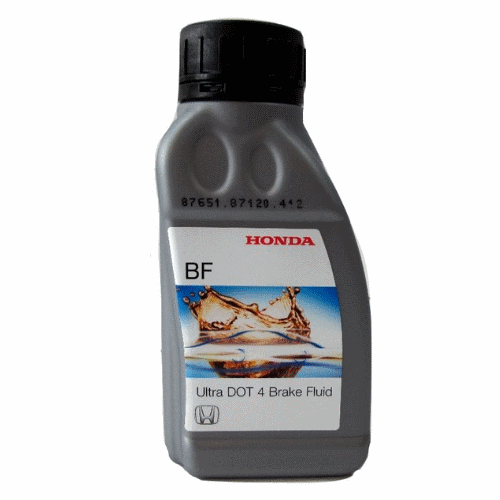
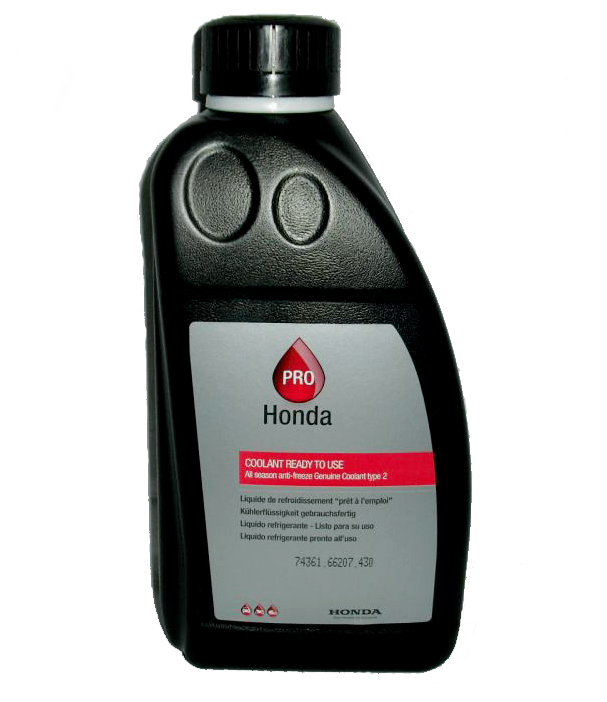
![2 generation [2007 - 2011]](/uploads/Honda-Jazz-2016.jpg)
